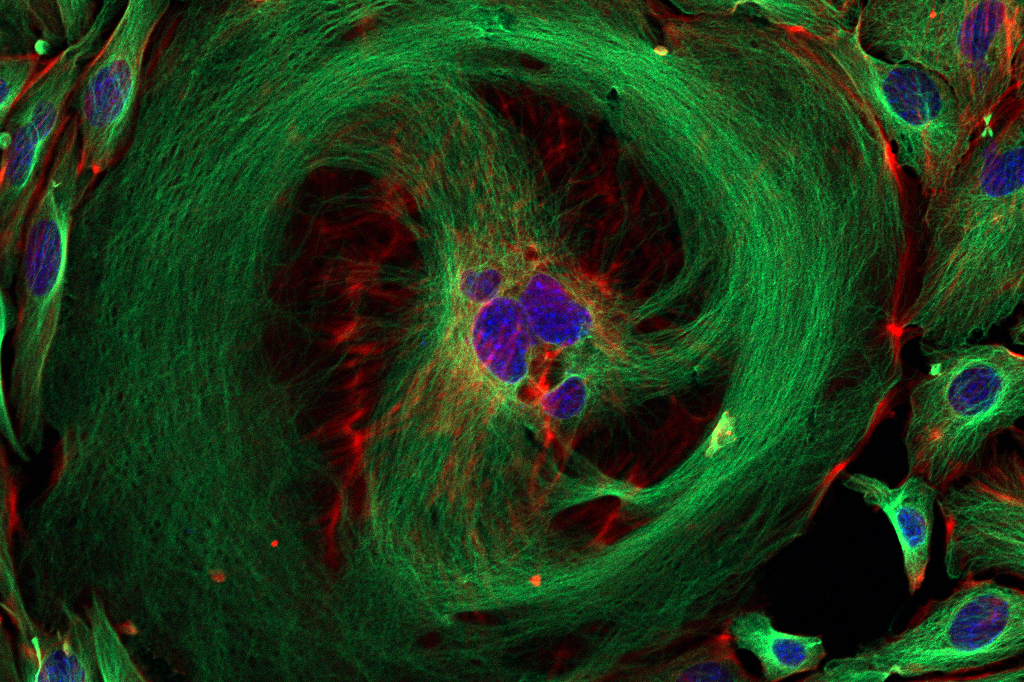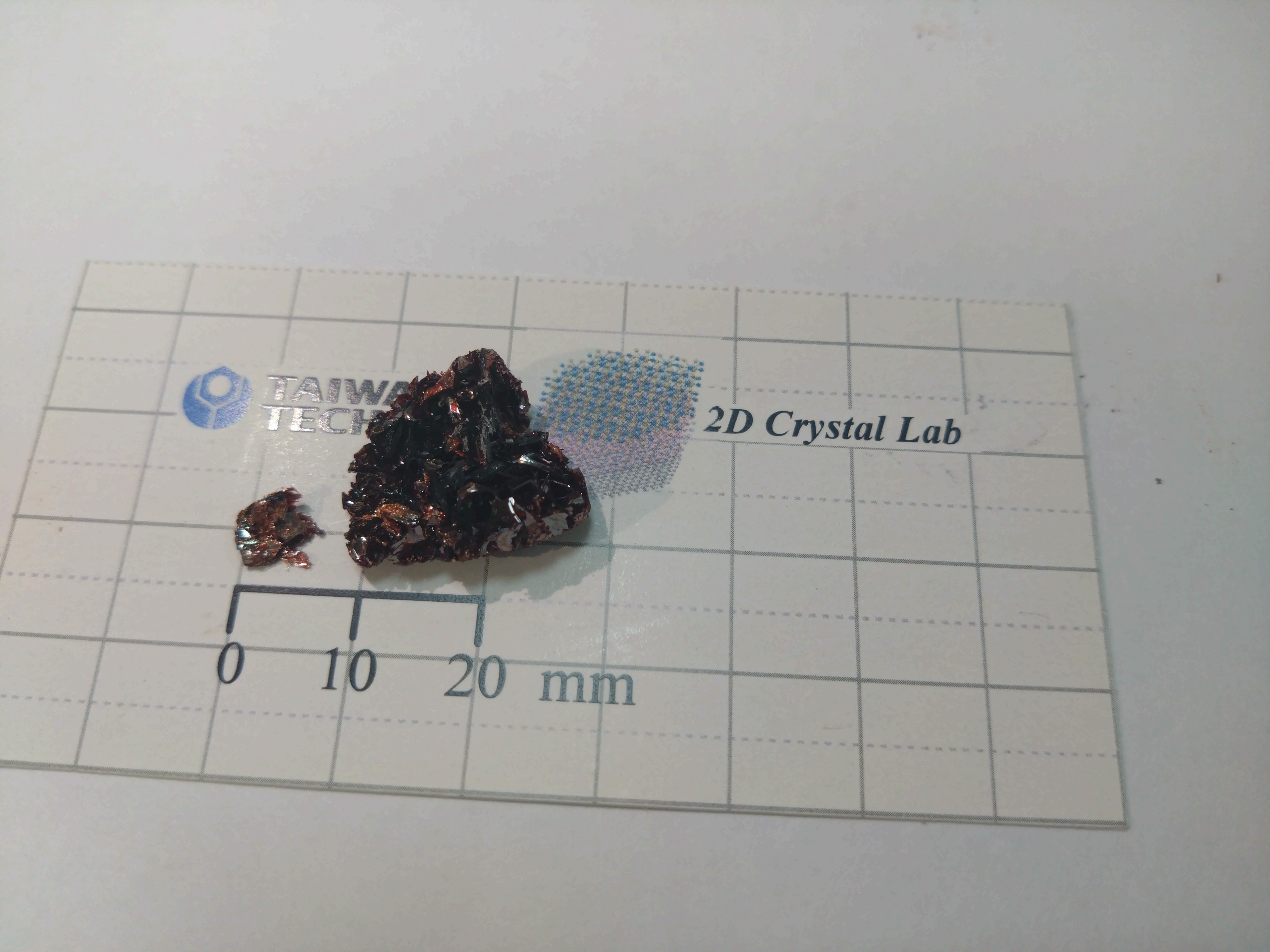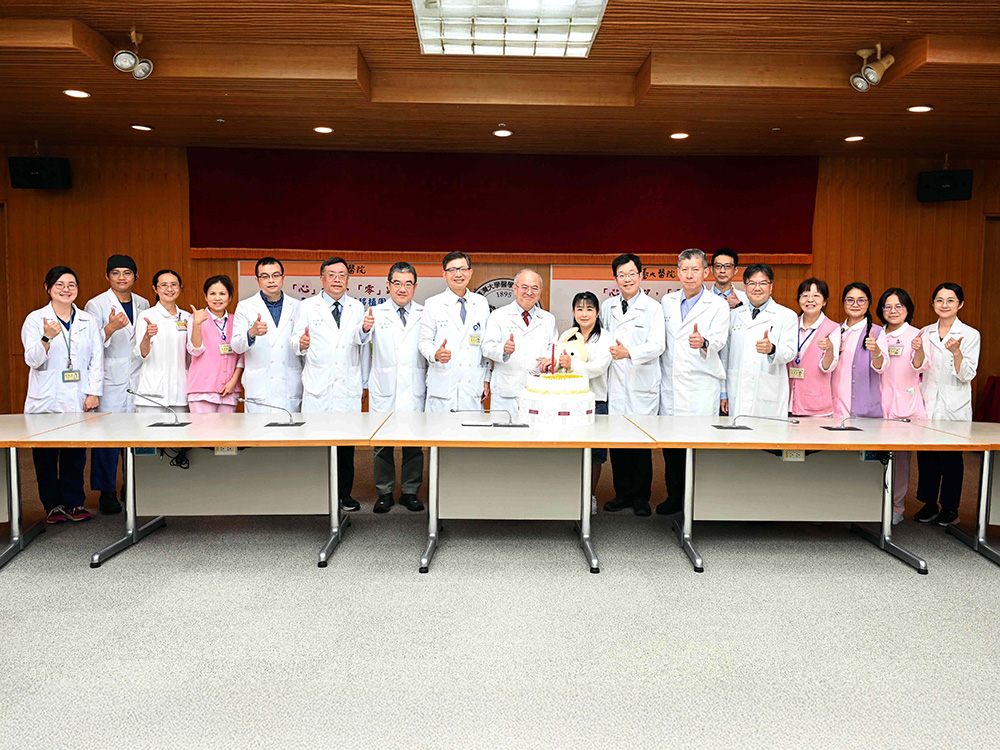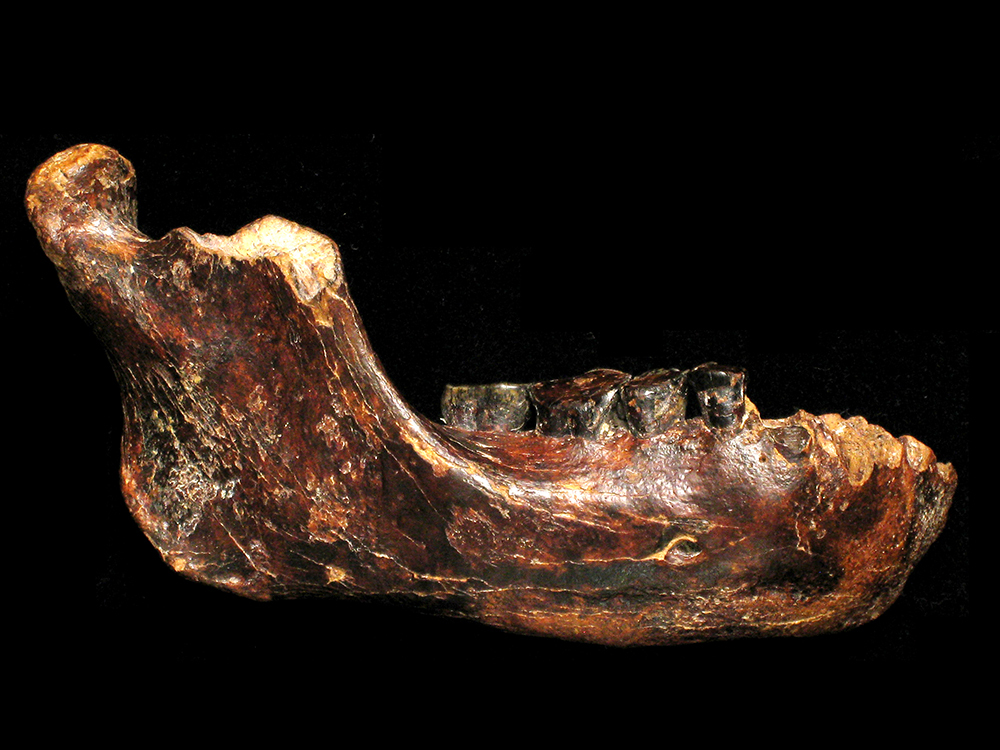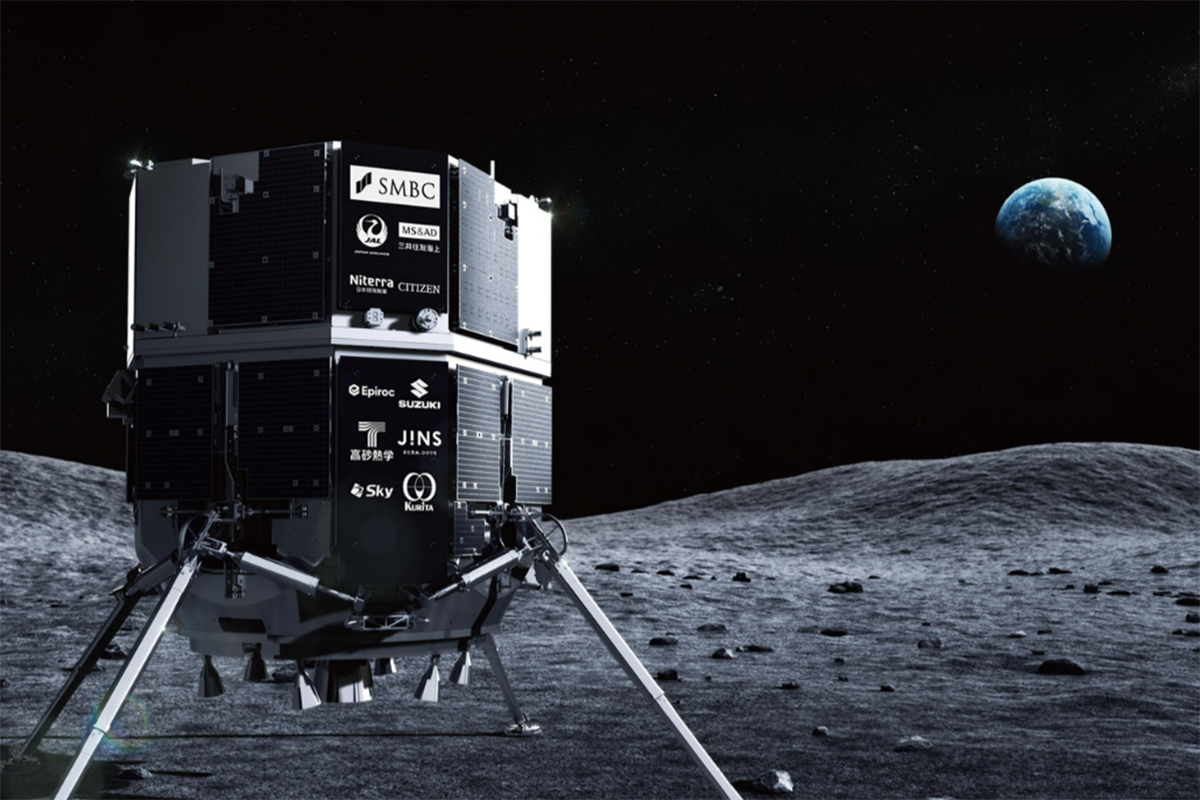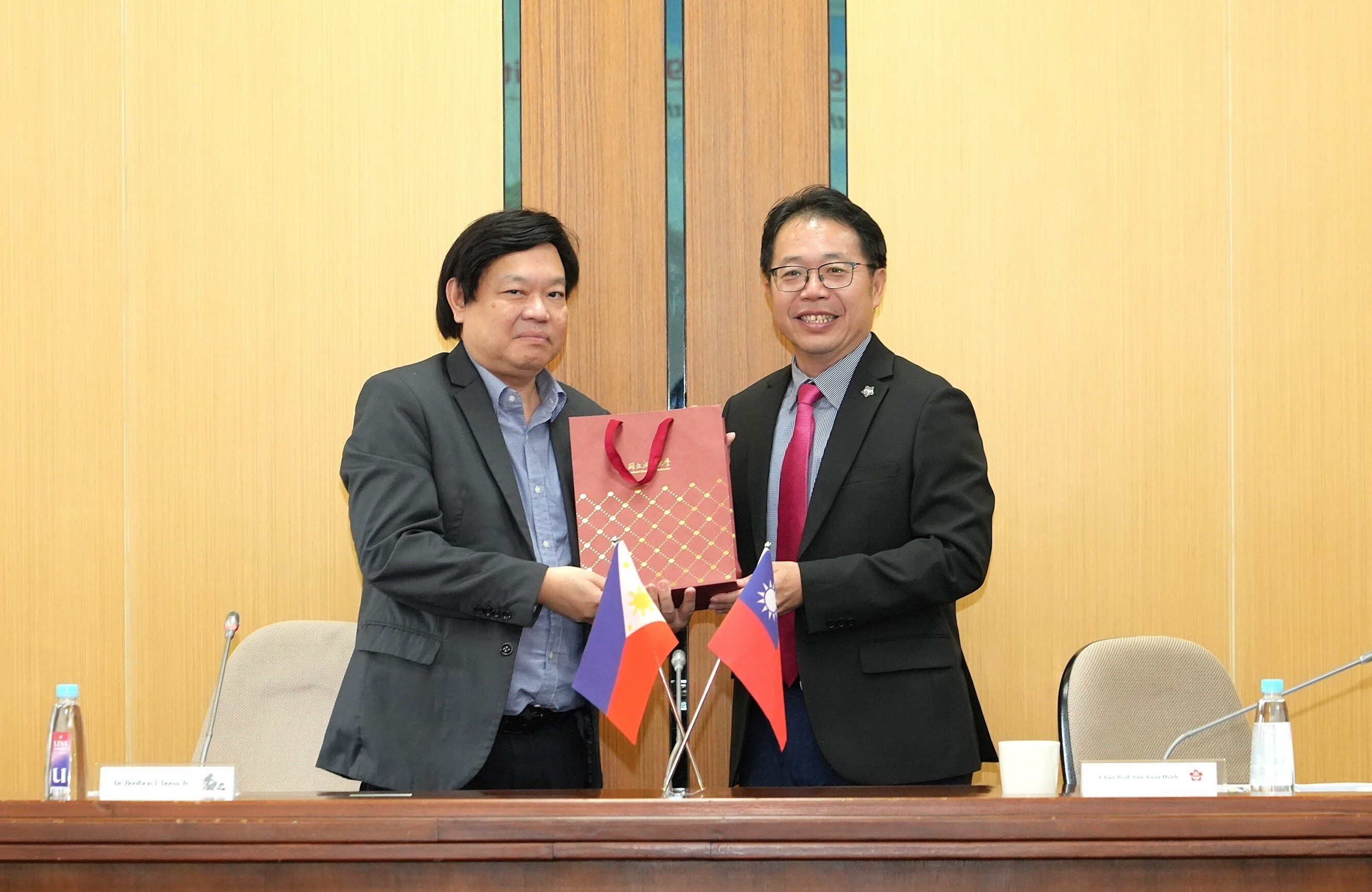Announcing the 2025 Taiwan Education Fair
September 16 to 22, 2025
6 STEPS
for Studying in Taiwan
SCHOLARSHIPS
How to Apply
SHORT TERM
Learning and Discovery
INTERNSHIPS
TEEP in Taiwan
FACULTY
Exchange and Collaboration
HIGH SCHOOL
Exchange Partners Wanted
A Closer Look
at Research and Innovation in Taiwan
International Exchange
between Taiwan and the Philippines
Student Insights
on Studying and Living in Taiwan
NSYSU | Be the Best You Can Be
Meet the Students at National Taiwan University
Meet the Student at National Cheng Kung University
Explore the Answer in Taiwan!


